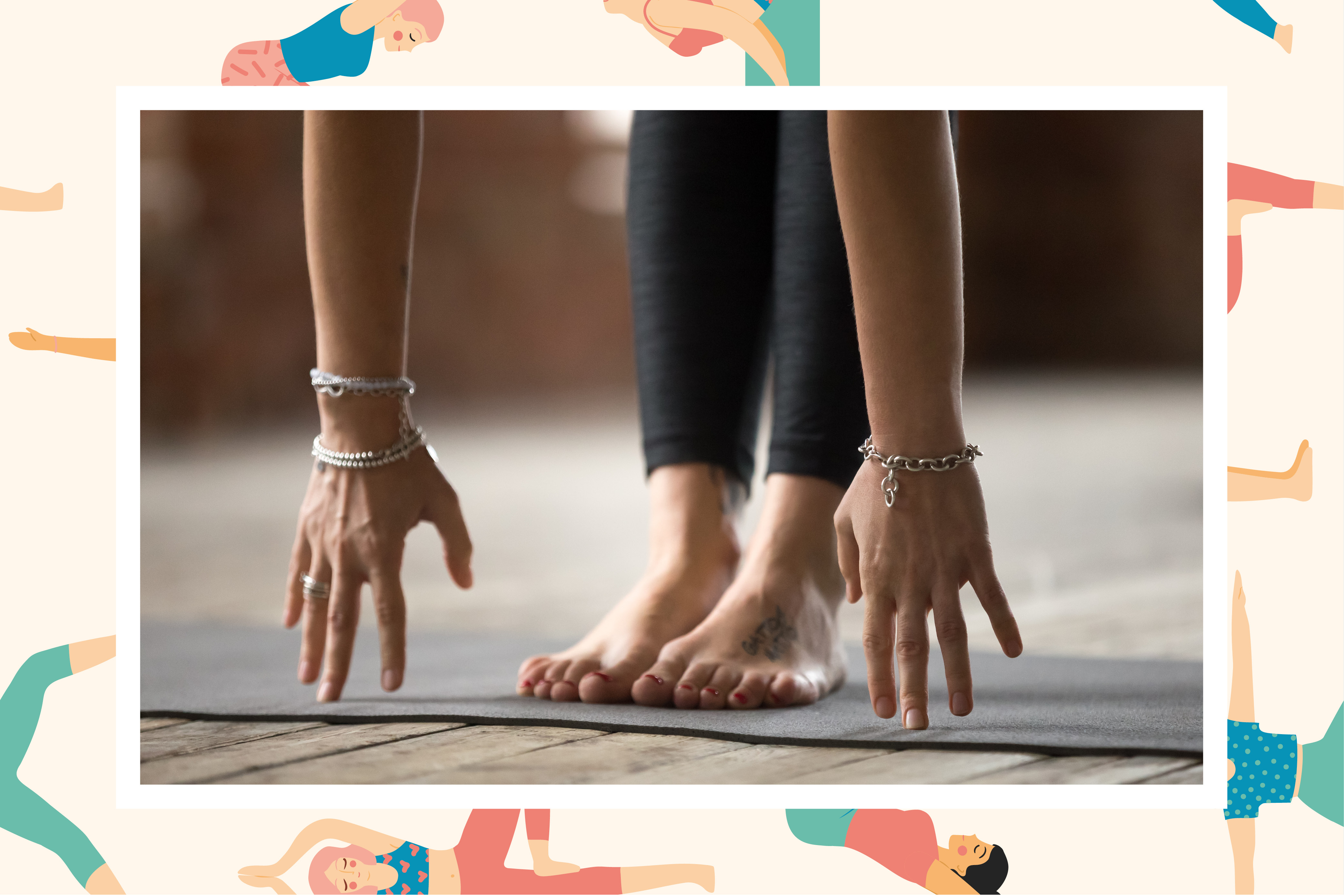What the F is… feldenkrais?

Feldenkrais is a powerful and revolutionary approach to Somatic (meaning: relating to the body and seeing it as one whole with the mind) learning and movement.
WHAT’S THE HISTORY OF FELDENKRAIS?
Moshe Feldenkrais (1904-1984) was a polymath; an engineer and physicist, as well as a black belt in judo.
He was unable to walk after a serious knee injury and, rather than have surgery, successfully restored his ability though exploration into the relationship between movement, healing, feeling, thinking and learning. By understanding the concept of neuroplasticity before the term was popular, he went on to make pioneering discoveries which culminated in the method that bears his name.
Feldenkrais based his method, now called The Feldenkrais Method, on scientific principles and inspirations, included martial arts, child development, biomechanics, the Alexander technique, brain research, psychology, and Eastern systems such as acupuncture and yoga.
WHAT IS IT AND WHAT DOES IT DO?
Feldenkrais’ unique approach, often described as ‘neuro-muscular training’, enables one to reorganise the nervous system into improving functional movements. The method allows the practitioner to become aware of how one does things and, from that knowledge, to be more conscious of the other options.
Using a process of organic developmental learning, movement and sensing, it helps to free the brain from habitual patterns and allow for new patterns of thinking, moving and feeling.
Unlike yoga and pilates, it is so far removed from outcomes; there is no force, fixing, repetition or fixation on the end goal. It’s about learning from your mistakes as you try something this way, that way and possibly a more complex way, then you go back to the first way and find that the body has been re-organised to allow all movements to feel spacious and using less effort.
WHAT ARE THE BENEFITS?
Feldenkrais can solve problems that stem from poor self-organisation as your own awareness and conscious attention stimulates the brain to create new neural pathways that enable better movement patterns and function. In time, you experience improvements in balance, breathing, coordination, flexibility, cognition, and outlook.
By teaching you to pay more attention to your body it can also give you the confidence to solve your own problems. For instance, it will help to understand that a knee issue may not be confined to the knee. This knowledge equips us to better organise ourselves so that we’re using our whole bodies to their full potential and realise where there are long-standing issues.
HOW DOES IT WORK?
Stimulated through directed attention to a wide variety of slow and unusual movement possibilities, neuroplasticity is the capacity of the brain and nervous system to renew themselves and grow new connections. So The Feldenkrais Method of somatic education helps people to explore their neuroplastic potential.
WHEN SHOULD ONE PRACTICE IT?
Ideally, it would be taught in schools as it would make for confident, happy children who feel at ease in their bodies, as well as comfortable with being curious and making mistakes.
It has been taught at the rehabilitation stage, for those who have experienced injury, strokes or Parkinsons. There is a strong link with actors and Feldenkrais as quite a few trained in the method in the 90s. Increasingly it is being used in Sports training to retrain athletes and those at their peak performance.
HOW CAN PEOPLE PRACTICE FELDENKRAIS?
There are two complementary formats of this method; Awareness Through Movement (or ATMs) which is a class-based practice that involves floor work and exploring a small movement that can lead to something bigger. You are guided by a teacher who does not demonstrate so that you don’t pick up their habits. They can help you to find the right movement that is unique to you and at a pace that suits you as the movements are often unfamiliar and unusual so it might not be possible to understand by listening to a recording.
Then there is Functional Integration (FI) which are one-to-one sessions on a table where the teacher will help to suggest a different and easier way to move. For instance, by taking the weight of your shoulder blade and moving it in all possible directions, which will help you to understand that you have more moment in that area than you use in your everyday life. The FIs implant new ideas about the movement and you might find your movement changes and is easier over time.








